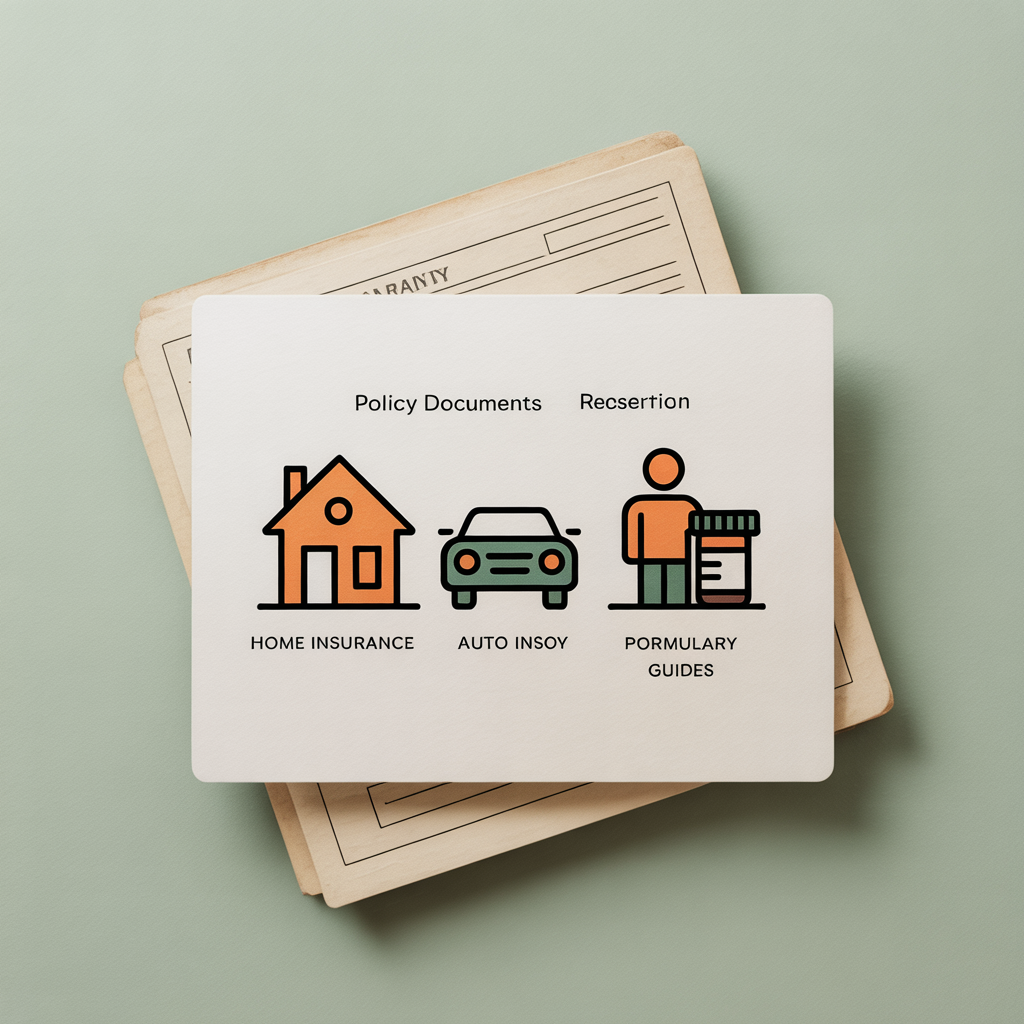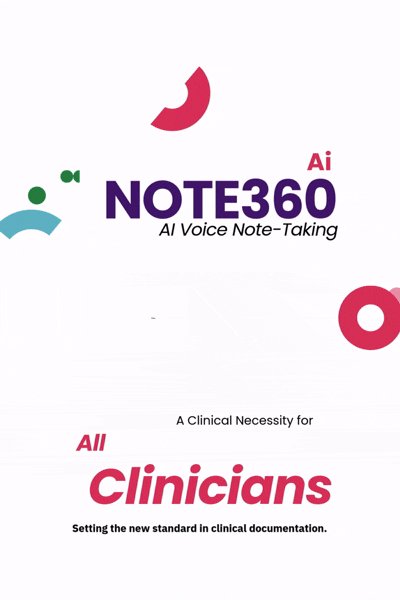Average Read Time: 7–8 minutes.
A Physician’s Strategic Guide to Navigating Insurance Workflows
Prior authorization has become the bane of modern medical practice. If you’re like most physicians, you’re completing nearly 40 prior authorization requests per week4that’s roughly 12 hours of your valuable time spent navigating insurance bureaucracy rather than caring for patients. With denial rates climbing to over 7% in Medicare Advantage plans and some insurers denying requests at rates exceeding 25%, it’s time to arm ourselves with proven strategies to reduce these unnecessary roadblocks to patient care.
Understanding the Prior Authorization Landscape
01
What is Prior Authorization?
It’s a utilization management tool requiring insurer approval before specific medical services, procedures, or medications are delivered.
40
Prior Auth Requests
Per physician per week
02
The Gatekeeper System
Insurers use it to control costs and ensure medical necessity, but it often delays patient care and increases administrative burden.
12
Hours Lost
Weekly administrative burden
03
The Process
Providers submit detailed clinical information, wait for payer review (days or weeks), and may face denials requiring appeals.
80%
Appeal Success Rate
Overturned denials on appeal
04
Appeals & Overturns
Over 80% of appealed denials are ultimately overturned, highlighting the arbitrary nature of many initial decisions.
How Pooled Risk Affects Your Daily Practice
The Challenge
Inadequate or incomplete clinical documentation is the leading cause of prior authorization denials.
The Solution
Create standardised documentation templates that include all required elements for comprehensive clinical justification.
Clinical History
Provide a clear timeline of the patient's condition, including previous treatments attempted and their outcomes
Medical Necessity
Explicitly state why the requested service or medication is medically necessary
Evidence-Based Justification
Reference relevant clinical guidelines, diagnostic criteria, or published studies
Failed Therapies
Document previous treatments tried, including dates, dosages, and reasons for discontinuation
Documentation Example:
When requesting authorisation for a biologic medication for rheumatoid arthritis, don't just write "patient has RA." Instead, document: "Patient diagnosed with seropositive RA (positive RF and anti-CCP) in January 2023. Failed trial of methotrexate 25mg weekly × 12 weeks (discontinued due to liver enzyme elevation). Failed trial of sulfasalazine 2g daily × 8 weeks (insufficient response - DAS28 remained >5.1)."
Strategies 2 & 3: Know Requirements & Submit Complete Information
Strategy 2: Know Your PayerSpecific Requirements

The Challenge: Each insurance plan has unique criteria, preferred drug lists, and step-therapy requirements.
- Subscribe to payer newsletters and policy updates
- Maintain a database of commonly denied services by payer
- Train staff to verify specific requirements before submission
- Use electronic prior authorisation tools when available
Strategy 3: Submit Complete Information First Time

The Challenge: Incomplete submissions lead to automatic denials or requests for additional information, delaying patient care.
- Patient demographics and insurance information
- Complete clinical documentation
- Relevant diagnostic test results and imaging
- Current medication list and allergy information
- Clear, specific request with exact procedure codes
Pro Tip: Create a “quick reference” sheet for your most common procedures and medications, listing each major payer’s specific requirements. This prevents unnecessary delays and improves first-submission approval rates.
Strategies 4 & 5: Appeals & Technology Solutions
Strategy 4: Master the Appeals Process

Key Insight: Over 80% of appeals succeed, making systematic appeals a worthwhile endeavor.
- Assess denial letters within 24 hours to understand the rationale.
- Request peer-to-peer discussions for clinical clarification.
- Know and adhere to strict appeal deadlines (typically 30-60 days).
- Address specific denial reasons with additional, targeted evidence.
Strategy 5: Leverage Technology Solutions

Future-Ready: CMS mandates electronic prior authorization by 2026, making technology essential.
- Implement electronic prior authorization (ePA) platforms to streamline submissions.
- Utilize clinical decision support tools for evidencebased justification.
- Deploy automated status tracking systems to monitor requests.
- Maintain template libraries for common requests to ensure consistency and speed.
Building a Denial-Resistant Practice
Success in navigating prior authorization requires more than individual tactics4it demands a systematic, practice-wide approach. Train your entire team on these strategies, regularly review denial patterns to identify improvement opportunities, and stay informed about changing payer policies. Remember, whilst we adapt to this system, advocacy efforts continue at state and federal levels. Ten states have already enacted prior authorization reforms in 2024, signaling a potential shift in the landscape.
01
Start with Documentation
Improve clinical documentation quality as your foundational step for successful prior authorizations.
02
Schedule Team Meeting
Regularly review current processes with your team and identify areas for continuous improvement and training.
03
Share Experiences
Collaborate with colleagues and professional networks to share successful strategies and best practices.




